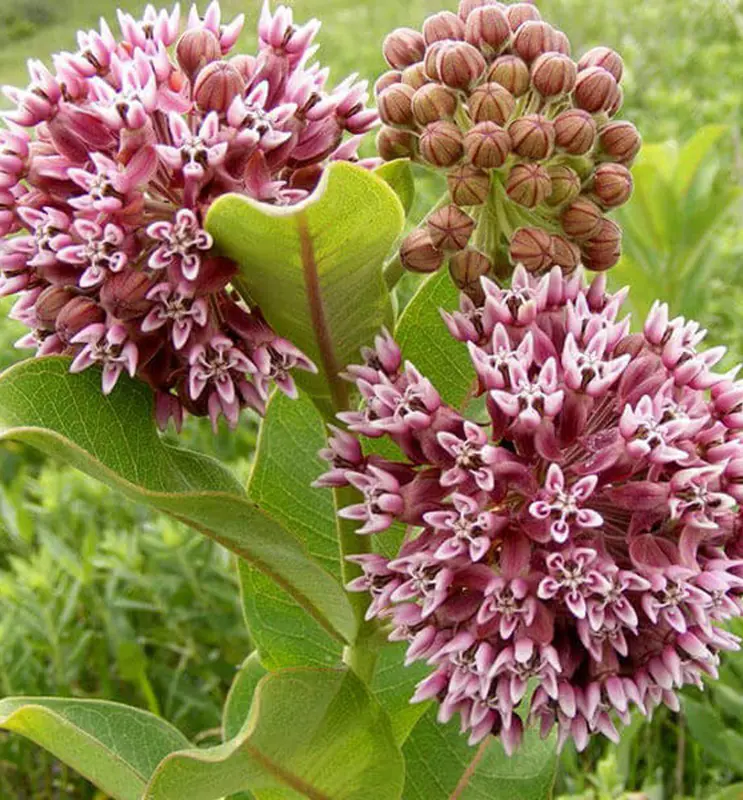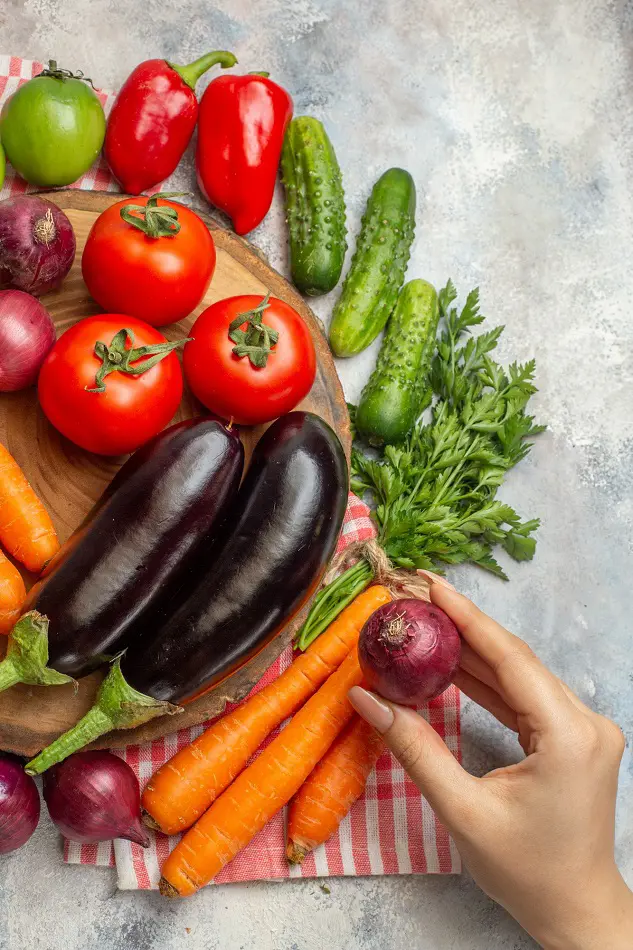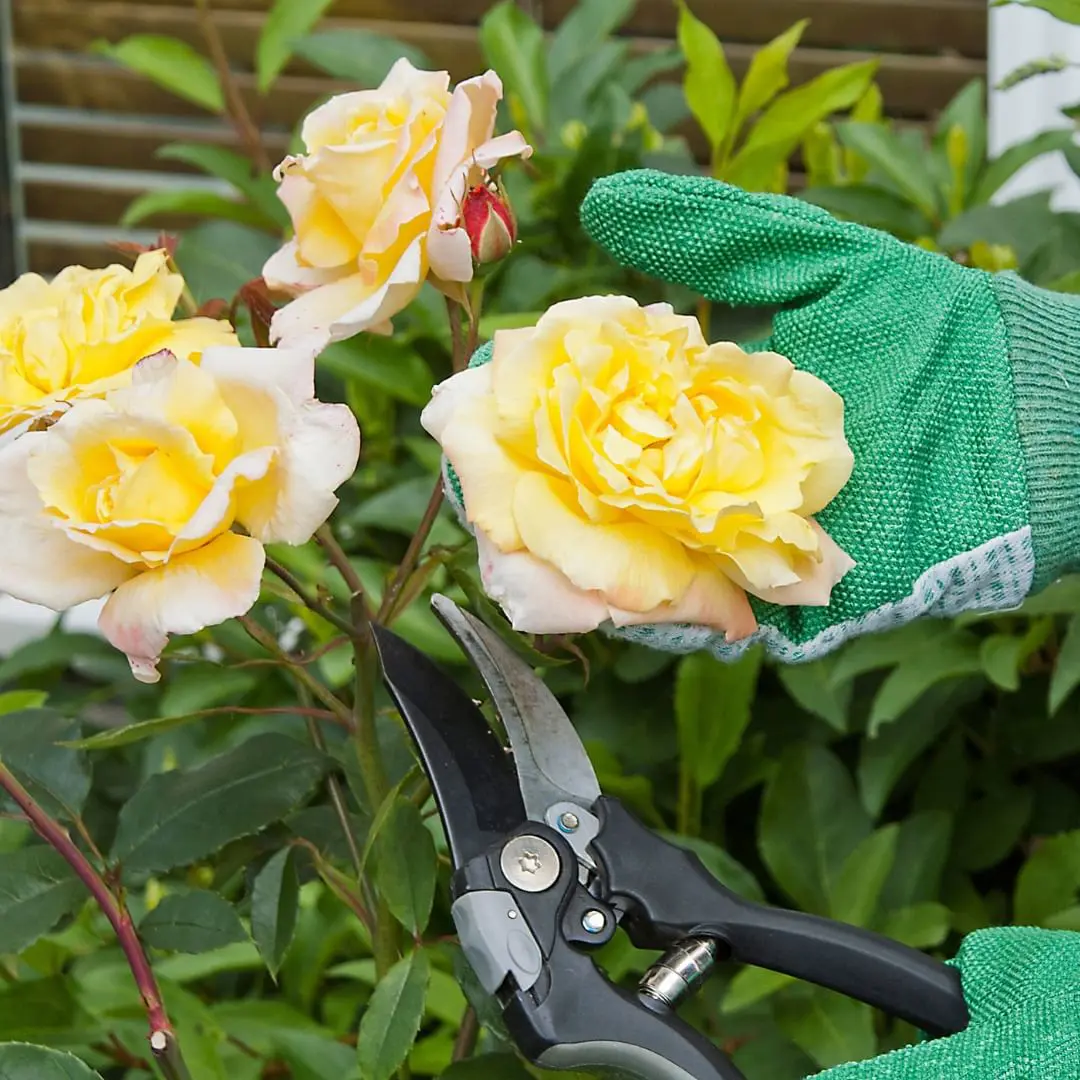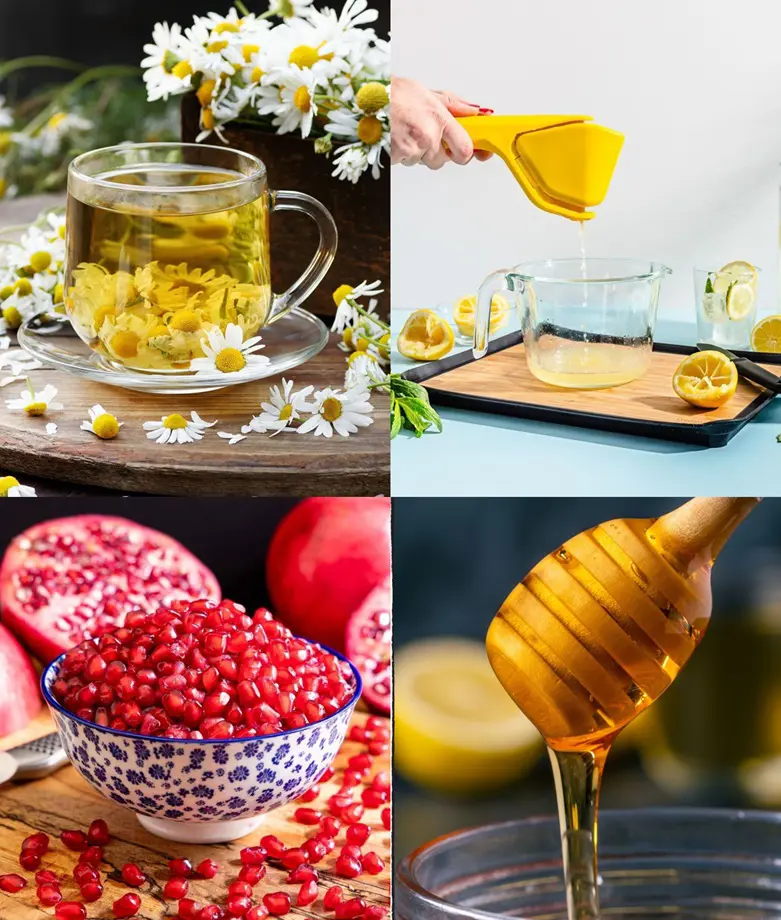Your Guide On How To Pick Pineapple
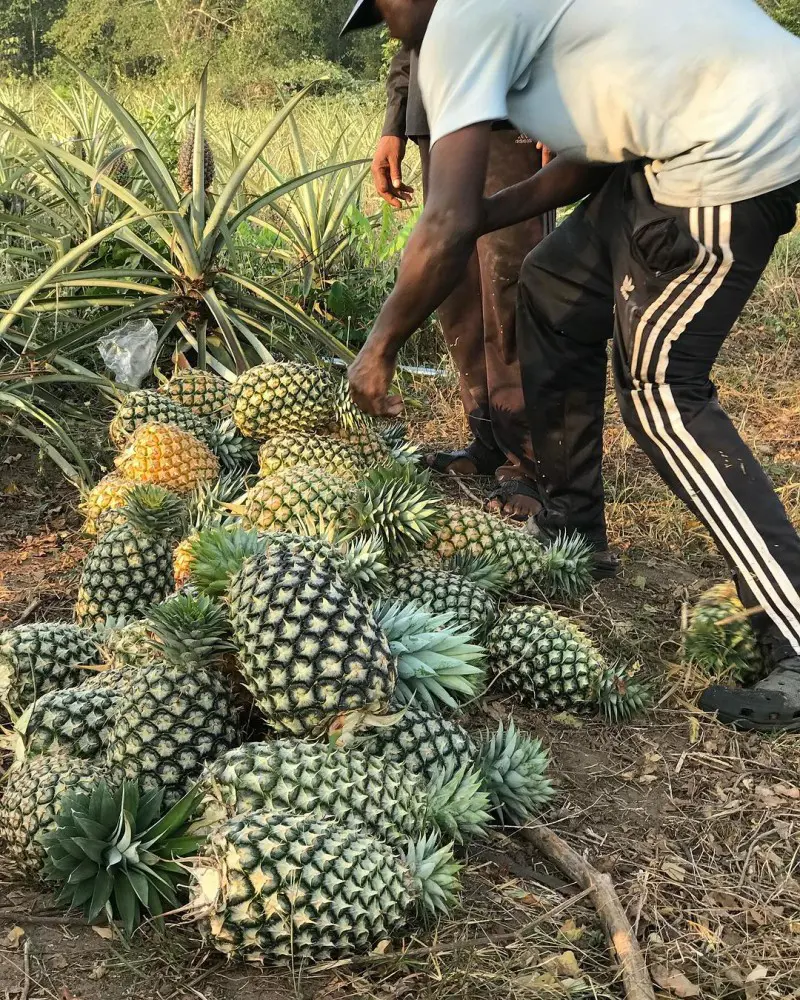
This post may contain affiliate links. If you make a purchase through links on our site, we may earn a commission.
Selecting a perfectly ripe pineapple involves a combination of visual cues and sensory observations. From assessing color and aroma to checking for firmness and size, you have to learn practical tips to help you pick the right fruit.
In this guide, we'll explore the key factors to consider when picking a pineapple, ensuring you bring home a juicy fruit.
About Pineapples
Pineapple, a tropical treat, is a crown-topped fruit native to South America. Its journey began with indigenous cultures that cherished its sweet, juicy flesh. Today, it's a global citizen, adored for its sunshine flavor and versatility.
Visually, pineapple is easily recognized. Its spiky crown sits atop a golden yellow, bumpy exterior. Inside, a juicy, sweet core awaits, dotted with edible black seeds.
Features:
- Berry: Botanically, a berry.
- Flavor: Sweet and tangy-least.
- Texture: Juicy and slightly fibrous.
- Color: Golden yellow with some green (ripe), green (unripe), orange (ripe in some varieties like red Spanish pineapple), brown (overripe or bruised).
- Shape: Ovoid or cylindrical.
- Crown: A cluster of green leaves at the top (edible in some varieties).
- Stem: Short and woody.
- Symbol of hospitality: Considered a symbol of hospitality in some cultures.
How To Pick a Pineapple?
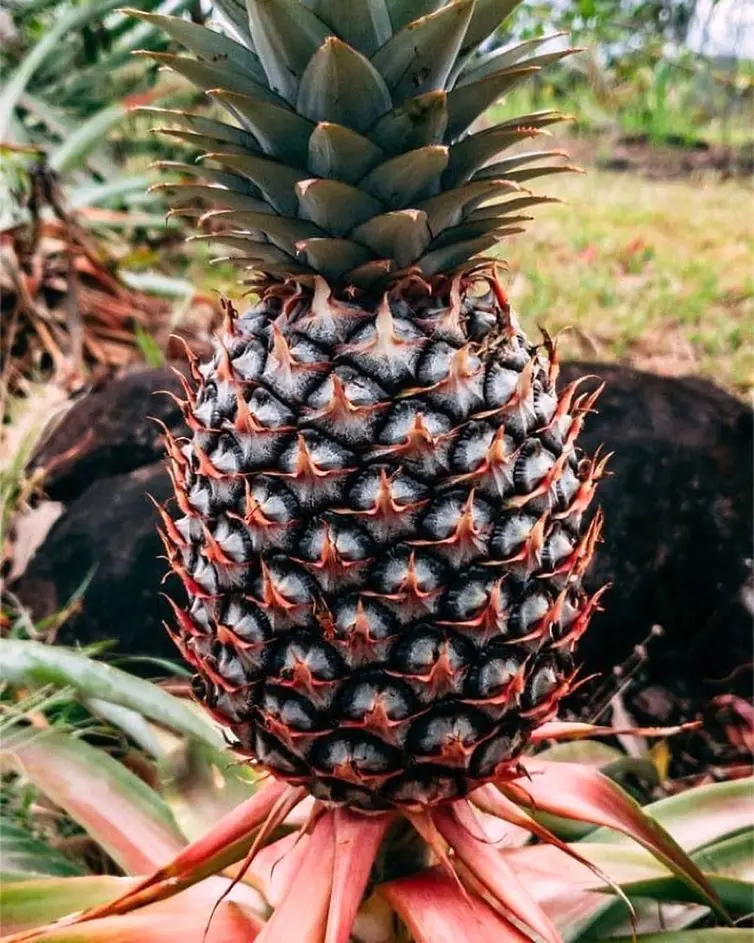
This tropical treat boasts sweet sunshine flavors and versatility in the kitchen, making it a beloved fruit across the globe. But how do you ensure you pick a perfect pineapple every time?
Here is your guide to navigating the pineapple patch with confidence and ending up with a juicy treasure waiting to be sliced and savored.
Color
First things first, ditch the green pineapples. While a slight tinge of green is okay (especially near the crown), a predominantly green pineapple is likely unripe and will have a sour or astringent taste.
Aim for a golden yellow pineapple with just a hint of green at the base. This golden hue indicates peak ripeness and promises the sweetest flavor.
Smell
Give the bottom of the pineapple (where the fruit was attached to the plant) a sniff. A ripe pineapple should have a sweet and fruity aroma.
If it has a strong, sweet smell near the base, it's likely ripe. If the scent is faint or lacks sweetness, the pineapple may not be fully ripe.
Texture
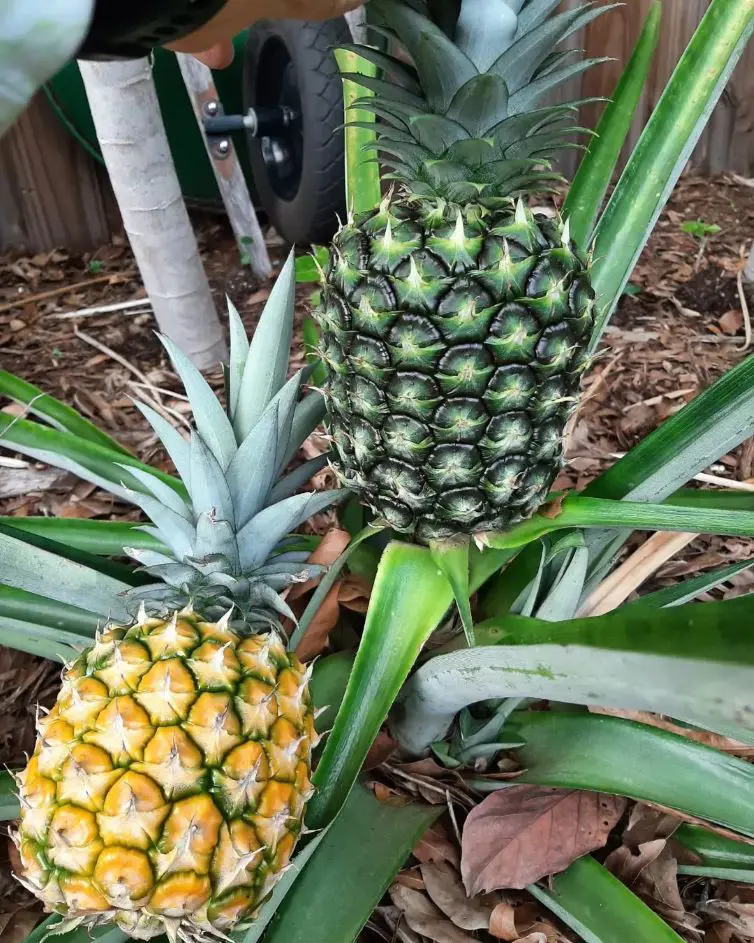
Gently press the skin with your fingers. It should give slightly under pressure, indicating ripeness and a consistent firmness with a gentle yield is a positive sign.
While the pineapple should yield slightly to pressure, it's crucial to assess the entire surface. However, avoid pineapples with soft spots, mushy areas, or excessive give, as these may be signs of overripeness or bruising.
Size and Weight
Look for a pineapple that feels heavy for its size, which often indicates juiciness. However, very large pineapples may be more fibrous and less sweet.
Size alone is not a reliable indicator of ripeness. Be mindful that very large pineapples might have a higher fiber content and may not be as sweet as smaller, denser ones.
Leaves
Examine the leaves in the crown on top of the pineapple. They should be green, fresh, and firmly attached.
Brown or dry leaves could be a sign of age or improper handling. However, this method is not foolproof, so consider other factors as well.
Uniformity
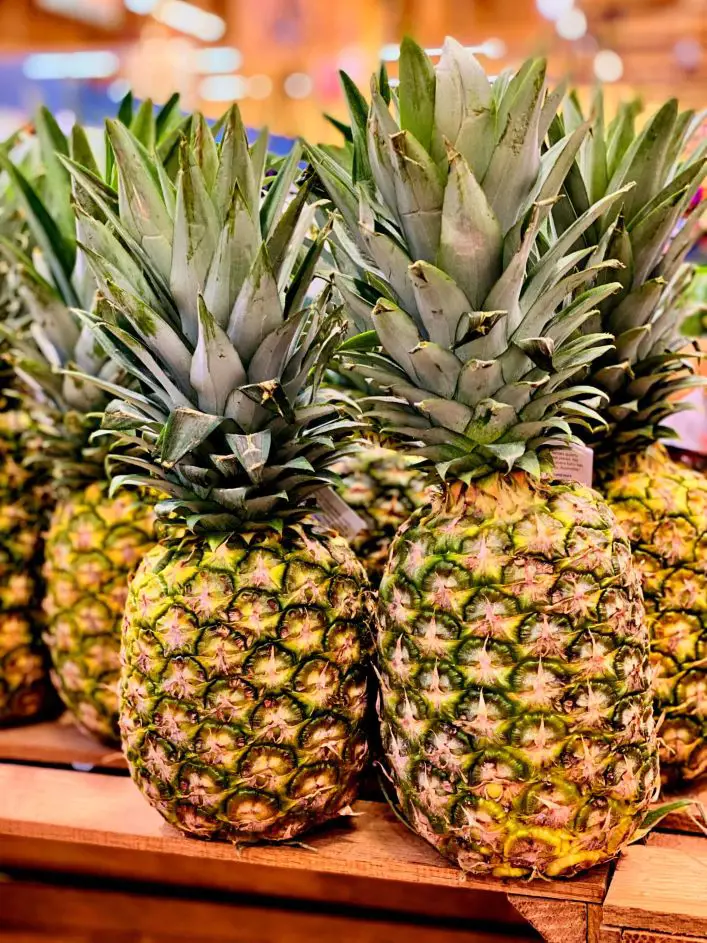
Look for a pineapple that has a symmetrical shape. Irregularities in shape may indicate uneven ripening or other issues.
A symmetrical shape often points to even ripening and consistent sweetness throughout the pineapple. However, be cautious of perfectly symmetrical pineapples, as they might be artificially ripened.
Ripeness at the Store
If you need a ripe pineapple for immediate consumption, gently tug at one of the inner leaves near the center of the crown. If it comes out easily, the pineapple is likely ripe.
However, this method may not be foolproof, so use it in conjunction with other indicators.
When is the Pineapple Season?
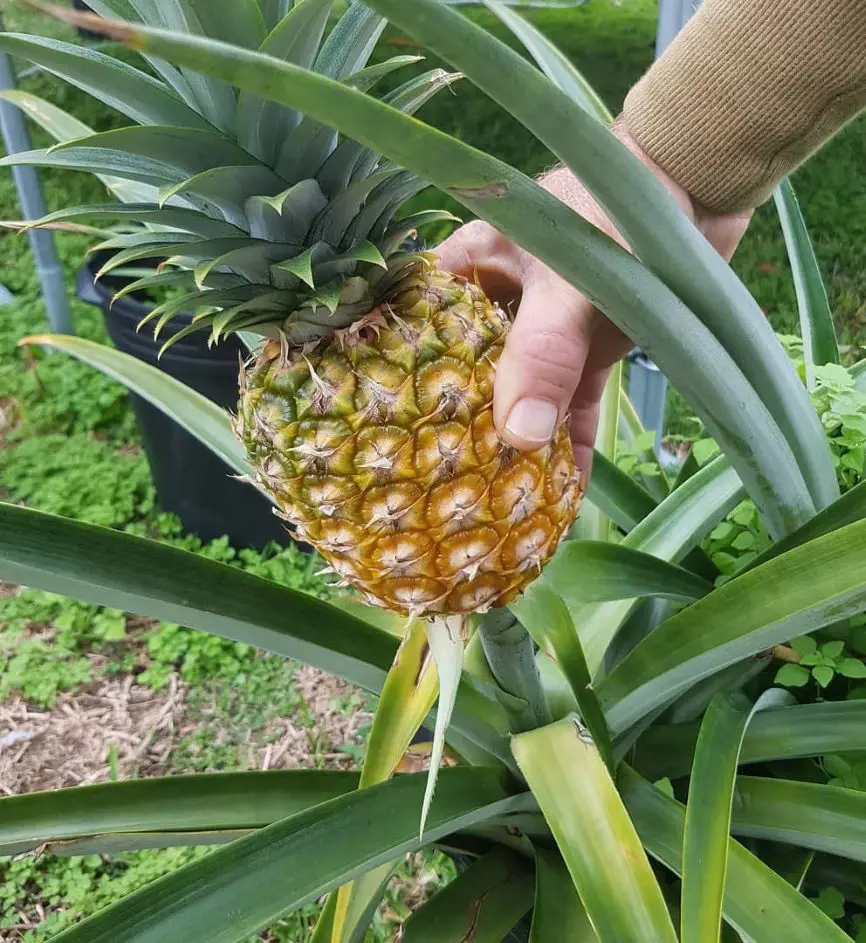
While vibrant and sunshine-tinged pineapples may seem like a fruit readily available year-round, they do have a specific season depending on where you are in the world and where the fruit originates from.
Understanding these seasonal nuances can help you snag the sweetest, juiciest, and most flavorful pineapples.
Tropical Regions
In tropical regions like Costa Rica, the Philippines, and Thailand, pineapples experience their peak season from March to July. The warm and humid climate allows for optimal growth and sugar development, resulting in the most delicious pineapples.
Even outside of peak season, these regions often have pineapples available due to staggered planting and harvesting practices. However, the flavor and sweetness may not be as pronounced as during peak season.
Sub-Tropical Regions
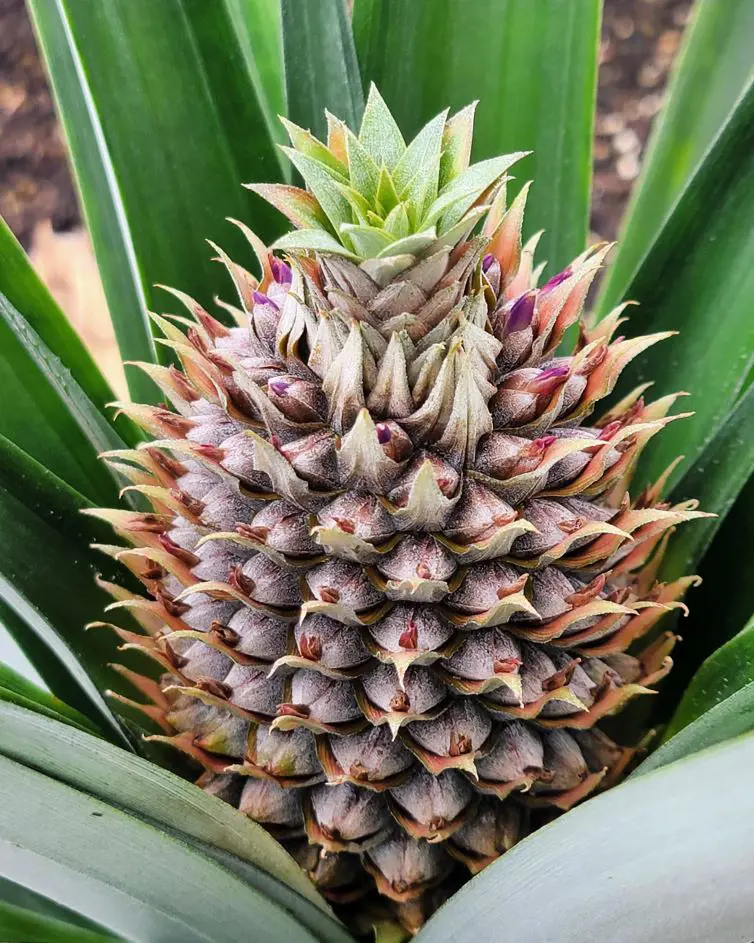
In subtropical regions like Florida and Hawaii, pineapple season can vary slightly depending on the specific location and variety. For example, Florida pineapples peak in April and May, while Hawaiian pineapples can be harvested year-round with peak sweetness between March and July.
Compared to tropical regions, the overall availability of pineapples in subtropical climates might be lower, especially outside of peak season.
Seasonal Factors and Picking Tips
- Ripeness variations: Remember, even within peak season, pineapples don't ripen uniformly. Use visual cues like a golden yellow color, vibrant leaves, and a sweet aroma to judge individual ripeness, regardless of the calendar month.
- Supporting local: When possible, opt for pineapples grown and harvested locally during their peak season. This not only ensures optimal flavor but also supports local farmers and reduces the environmental impact of long-distance transportation.
- Global enjoyment: Although fresh, seasonal pineapples offer superior taste, don't shy away from enjoying them year-round. Canned or frozen pineapples can be a handy alternative, especially in regions with limited availability.
How Long Does Pineapple Takes to Ripe?
Pineapples, those sunshine-hued bursts of sweetness, don't magically appear on supermarket shelves ripe and ready to eat. Their journey from field to fruit bowl involves a fascinating process called ripening, and understanding it can help you pick the perfect pineapple every time.
The time it takes for a pineapple to ripen depends on several factors, including:
- Initial ripeness: If the pineapple is already fairly green when you buy it, it will take longer to ripen than one that has already started to turn golden yellow.
- Ethylene gas: Placing the pineapple in a paper bag with an apple or banana, which releases ethylene gas, can significantly speed up ripening (1-2 days).
- Temperature: Cooler temperatures will slow down the ripening process, while warmer temperatures will speed it up.
Here's a breakdown based on the ripening method:
- At room temperature: 3-5 days
- In a paper bag with an apple or banana: 1-2 days
Does Pineapple Ripe After Plucking?
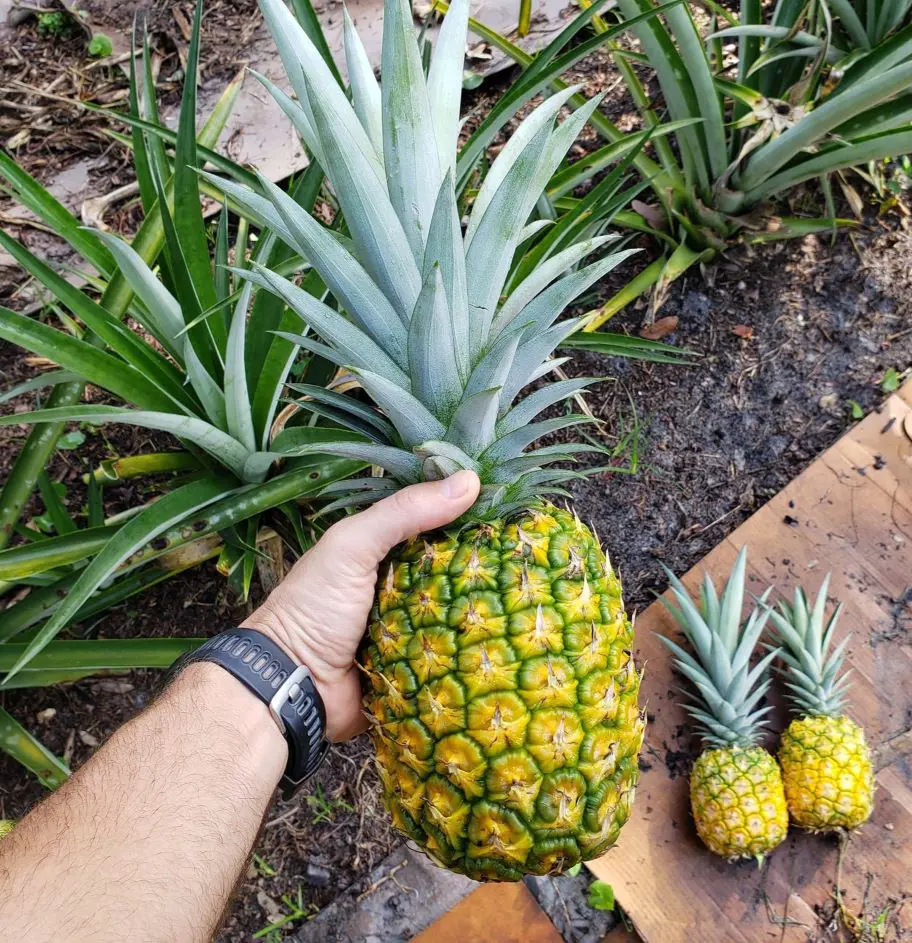
The answer, like a juicy pineapple slice, is slightly layered. While pineapples technically can't ripen further in the way that fruits like bananas and avocados do, they can undergo changes that make them appear and feel riper.
This means they won't become sweeter after picking, as the sugar development process happens on the plant. However, they can soften, lose their green hue, and develop a stronger aroma, creating the illusion of ripeness.
The Ripening Process Explained
Here's a breakdown of what happens:
- On the plant: Pineapples accumulate sugars and develop their characteristic sweetness through photosynthesis and nutrient uptake from the soil. This process comes to a halt once the fruit is detached from the plant.
- Off the plant: The pineapple undergoes cellular breakdown, causing its starches to convert into sugars to a limited extent. This can lead to a slight increase in sweetness, but not as significant as the natural ripening process on the plant.
- Softening and aroma: Enzymes break down the fruit's cell walls, making it softer and juicier. Additionally, volatile compounds responsible for the pineapple's fragrance become more pronounced as the fruit sits.
Factors Affecting Pineapple Ripeness
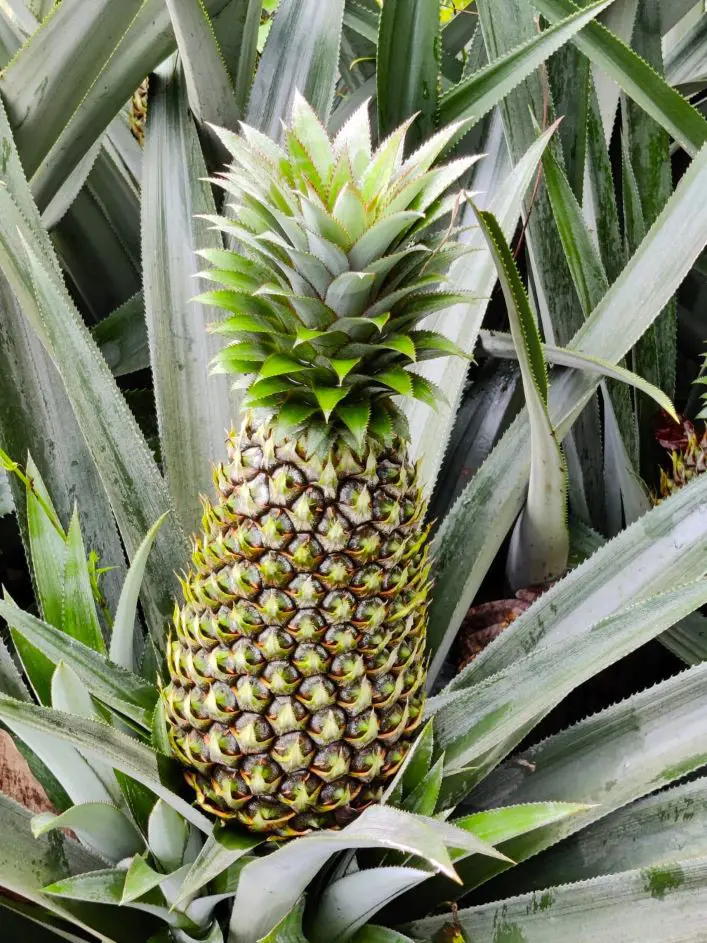
The journey of a pineapple from a spiky green fruit to a golden, juicy treasure is influenced by several factors, both before and after it's plucked from the plant.
Understanding these factors can help you choose the perfect pineapple every time and savor its deliciousness at its peak.
Pre-Harvest Factors
Climate: Pineapples thrive in warm, humid climates with plenty of sunshine. Optimal temperatures range from 75°F to 85°F (24°C to 29°C). Cooler temperatures slow down growth and sugar development, while excessive heat can stress the plant and affect fruit quality.
Soil: Well-drained, sandy soil with a slightly acidic pH is ideal for pineapple cultivation. Poor drainage can lead to root rot and nutrient deficiencies, impacting fruit development and ripening.
Variety: Different pineapple varieties have varying ripening times and sweetness levels. For example, the Smooth Cayenne variety, commonly found in supermarkets, ripens quickly but may not be as sweet as other varieties like the Red Spanish or Maui Gold.
Cultural practices: Proper irrigation, fertilization, and pest control practices contribute to healthy plant growth and optimal fruit development. Stressful conditions due to lack of water, nutrient deficiencies, or pest damage can affect pineapple ripening and quality.
Post-Harvest Factors
Harvesting time: Pineapples are typically harvested when they reach a certain size and sugar content. Picking them too early will result in underripe fruit that lacks sweetness and flavor. Harvesting too late can lead to overripe fruit that is mushy and prone to spoilage.
Storage and transport: Maintaining proper temperature and humidity levels during storage and transportation is crucial for preserving pineapple quality and delaying ripening. Cold temperatures can damage the fruit, while excessive heat can accelerate ripening and spoilage.
Ethylene gas: Ethylene is a natural plant hormone that promotes ripening. Exposing pineapples to ethylene, such as by placing them in a paper bag with an apple or banana, can speed up the ripening process.
Recent posts
Gardening
Gardening
How To Grow Grass From Seed? Planting And Caring Guide
Growing grass seems like an easy task. But the ones who are already into it know how much work and patience is required for its maintenance, to transform the outdoor space into a lush, green oasis. For beginners who are starting from scratch or someo...
Gardening
How To Grow, Plant And Care Milkweed From Seed
Planting milkweed from seed is one of the most satisfactory practices. It not only adds value to your garden aesthetics but also contributes essential instinct pollinators, including monarch butterflies. Many milkweed seeds germinate best when expos...
Gardening
18 Rose Colors And Their Meanings
Roses are not only elegant flowers but they also represent something more profound. Every color of a rose has its special meaning, making it a powerful tool when it comes to conveying messages in personal relationships and occasions. Ranging fr...
Gardening
When To Plant Vegetables – A Month By Month Calendar
Understanding when to plant vegetables is essential to successful gardening as timing alone can greatly affect the productivity and health of vegetables. A month-by-month planting calendar is useful because not every month is ideal for a specific pro...
Gardening
How To Prune Hydrangeas So That It Stays Healthy
The name hydrangea conjures clusters of flowers packed densely. Hydrangeas can grow in both old and old wood, and depending on the varieties, pruning time may differ. Pruning hydrangeas is a fundamental practice for gardeners wanting to maintain thei...
Gardening
How To Prune Roses With These 10 Steps
Pruning these thorn-filled plants might seem scary, but it's crucial for having abundant rose blooms. Cutting back old growth encourages new, vibrant growth, removes dead parts, and shapes the plant. This practice also reduces the risk of fungal dise...

